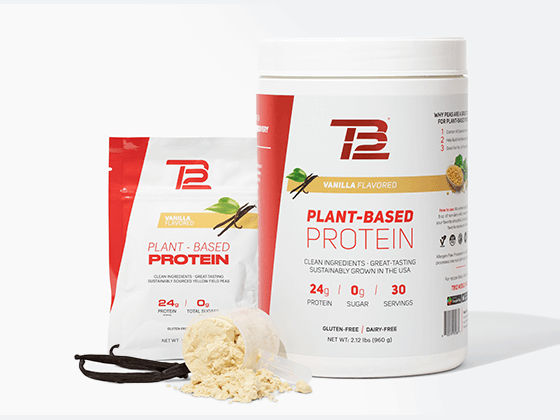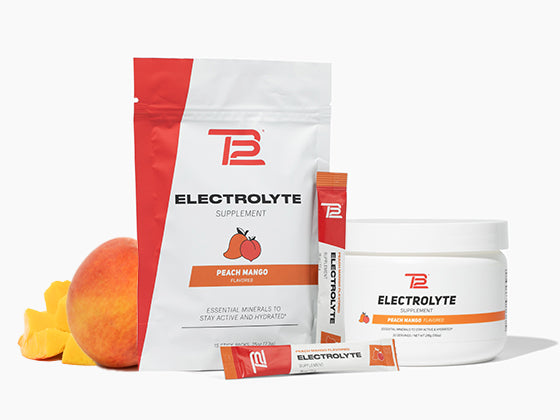Dark chocolate is one of those foods that seems almost too good to be true. It is extraordinarily nutrient-dense, boasts numerous health benefits, and tastes delicious. The greater percentage of cacao mixed with the fact that it contains less sugar and little (or no) dairy is what makes dark chocolate such a rare healthy treat.
To put it into perspective, according to the U.S. Department of Agriculture’s nutrient database, a standard bar of milk chocolate contains about 600 calories and 44 grams of sugar. Dark chocolate, on the other hand, contains a similar number of calories, but half the amount of sugar.
As I discuss in detail in my book Eat to Beat Disease, dark chocolate contains high levels of beneficial flavonoid antioxidants. Consuming dark chocolate has been found to lower the risk of diabetes, protect your DNA, improve gut bacteria, increase beneficial stem cells, enhance blood flow, alter immune cells from pro-inflammatory to anti-inflammatory states, and is advantageous for heart health.
So, what makes dark chocolate so beneficial for the heart? Well for starters, it reduces the risk of heart disease. In a 2007 controlled study, it was determined that cocoa powder significantly decreased oxidized LDL (bad) cholesterol and increased HDL (good) cholesterol for subjects who had high cholesterol. Since oxidized LDL is reactive and capable of harming other tissues, such as the heart lining, reducing it can improve heart health.
Cocoa is able to lower oxidized LDL because it contains high levels of antioxidants that enter the bloodstream and protect lipoproteins from oxidative damage. The protective effect against the oxidation of LDL may also cause less cholesterol to be trapped inside the arteries. In a study conducted at the Wageningen University in the Netherlands, 470 elderly men were followed for a period of 15 years. Cocoa was determined to reduce the risk of death from heart disease by an astounding 50%!
More research still needs to be conducted on dark chocolate and its precise connection to heart disease, but the positive relationship is definitely existent. Dark chocolate has also been shown to reduce insulin resistance, which is another well-known risk of heart disease (among other illnesses).
Dark chocolate is an acquired taste for many people, so if it presents itself as bitter to your tastebuds, do not give up on it – especially if you are someone who is used to eating sweeter milk chocolate. The more you pass up on high fat and high sugar chocolate varieties such as milk chocolate and white chocolate, the faster your tastebuds will adapt and the better dark chocolate will begin to taste.
Try Dr. Li’s Dark Chocolate Breakfast Bar Recipe!
INGREDIENTS
½ cup cashews, roughly chopped (can be omitted if nut allergies)
2 cups old-fashioned or quick-cooking oats
¼ teaspoon sea salt
¼ cup organic dried apricots, chopped
¼ cup organic dried mango, chopped
¼ cup organic dried cranberries
¼ cup organic dried blueberries
½ cup mini dark chocolate chips (70% or greater cacao) or chopped dark chocolate
½ cup whole dates (approximately 6-7 large), pitted and roughly chopped
¼ cup maple syrup
½ teaspoon vanilla extract
Preparation:
Preheat oven to 350 degrees fahrenheit
In a large mixing bowl combine the cashews, oats, and salt. Add the apricots, mango, cranberries, blueberries, and chocolate and mix well. To the bowl of a food processor add the dates, maple syrup, vanilla, and puree until smooth. If the mixture is too thick or chunky, add warm water one spoonful at a time to obtain a smooth consistency. Pour the puree over the oat and fruit mixture until all ingredients are coated.
Add the mixture to a parchment-lined 8 or 9-inch square baking pain and press firmly with your fingers or the back of a spatula. Place on the middle rack of the oven and bake for 15-20 minutes, until edges just start to brown.
Remove and cool completely on a cooling rack, then place in the refrigerator to set, approximately 2-3 hours or overnight, before cutting into individual bars. Store covered in the refrigerator.





